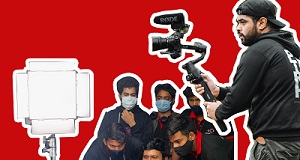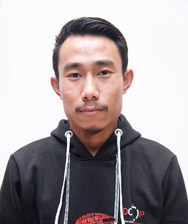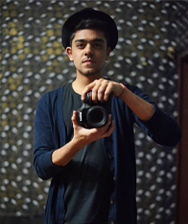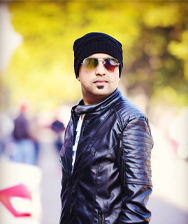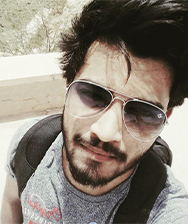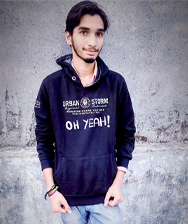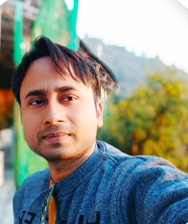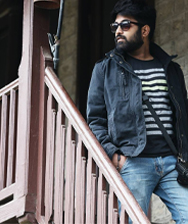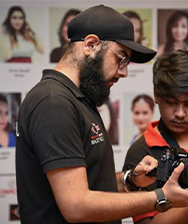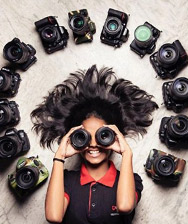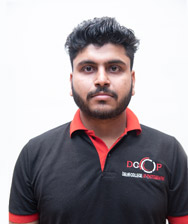Enquire Now
Interior & Architecture Photography
- Duration: 2 Weeks
- Age limit: No Limit
- WEEKEND COURSE
- Pre-requisite: Foundation Photography

Architectural photography is taking photographs of buildings and similar structures that are both aesthetically pleasing and accurate representations of the overall space. It could be a monument, real estate, hotel, a cafe or any resort.
Interior photography, on the other hand, is an integral element of architecture photography to depict exactly how any place looks from the inside.
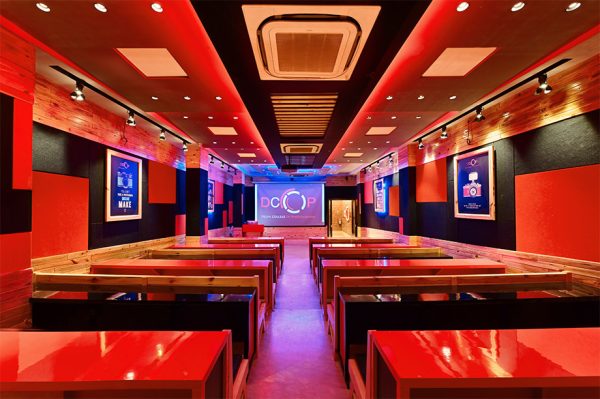
 How to find the best angle, light, and composition.
How to find the best angle, light, and composition. How to light with flash or strobe lights.
How to light with flash or strobe lights. How to understand and fix the bad color.
How to understand and fix the bad color. How to achieve perfect interior lighting and exterior lighting.
How to achieve perfect interior lighting and exterior lighting. How to photograph a room in a house, commercial property, or a hotel.
How to photograph a room in a house, commercial property, or a hotel. Compositing an image.
Compositing an image. Post-processing a photograph
Post-processing a photograph
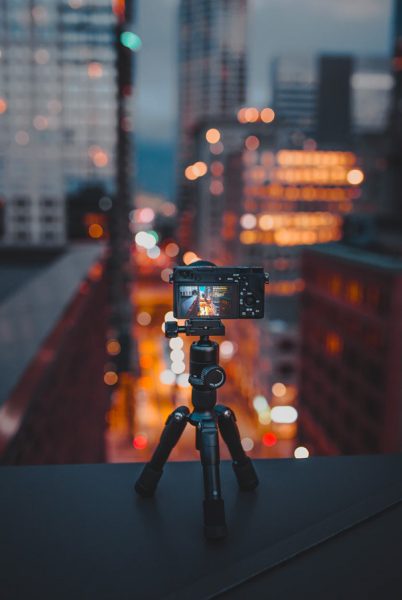
All Interior and Architecture photographers must have a camera, a wide-angle lens, and a tripod. Apart from these equipment, they carry a few filters and some external lights so they can try interesting and unique ways to shoot the same place but with more drama.
For this course, all you would require though is a camera, a wide-angle lens, and a tripod, nothing else. For processing, however, if you have a laptop it would be an advantage but while you are learning processing techniques you can practice yourself too.
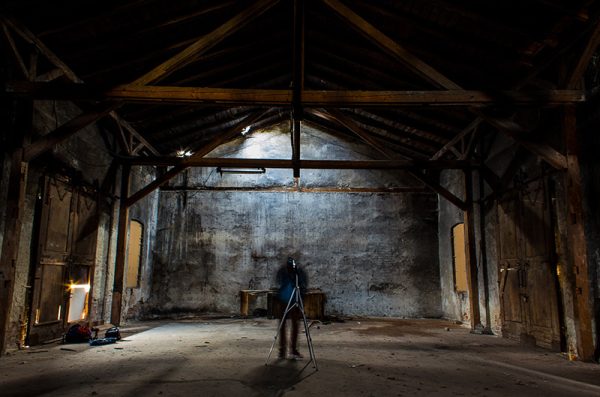
A tripod is necessary equipment to be included in the kit of an Interior and architecture photographer. Having a tripod will help you keep the orientation and alignment straight. If you are going to shoot multiple exposures or make a composite, it is almost impossible to get the perspective correct without a tripod.
A tripod helps you in keeping the angles and orientation right as well as making your composition correct. Tripods come with a variety of heads therefore selecting the right head is also very important.
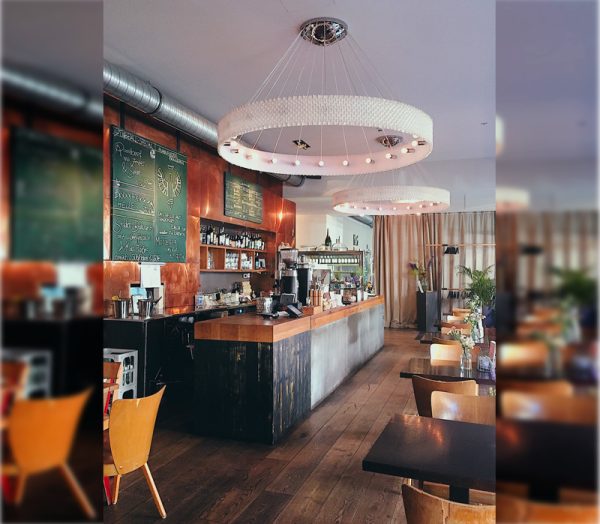
There are multiple angles a photographer can use to show the essence of any space.
Finding the right angle isn’t a very easy task, to show the whole area in one photograph is an important fact to consider.
Different orientation also plays an important role. Shooting a photo in horizontal orientation helps to show the width of any space while shooting in vertical orientation would show the height of the same space.
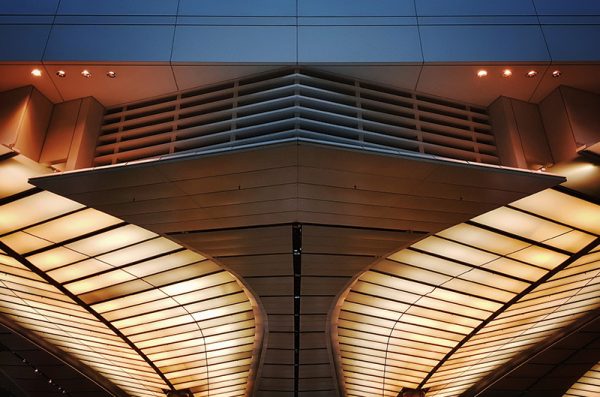
Recce is the first step to get good interior architecture photographs. Before we start shooting it is important to learn what kind of lighting the place gets and what is the best time to shoot during the day.
If one has to use any external lights how are they going to be positioned and how to floodlight in a huge space are few things. One can be better prepared if they do a proper recce.
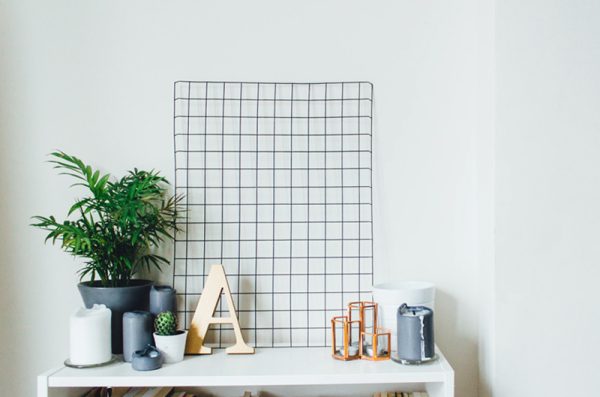
In Architecture and Interior photography it is usually preferred to shoot at or beyond the sweet spot of the lens. Photographers usually prefer f/11 because post f/11 the images have a relatively large depth of field and that’s sufficient for most of the architecture photographs. If there are elements like some detailing in the design then it is required to be shot with shallow depth of field sometimes and is added later in the final photos. Hence, the depth of field plays an important role when it comes to choosing between the kind of shots required.
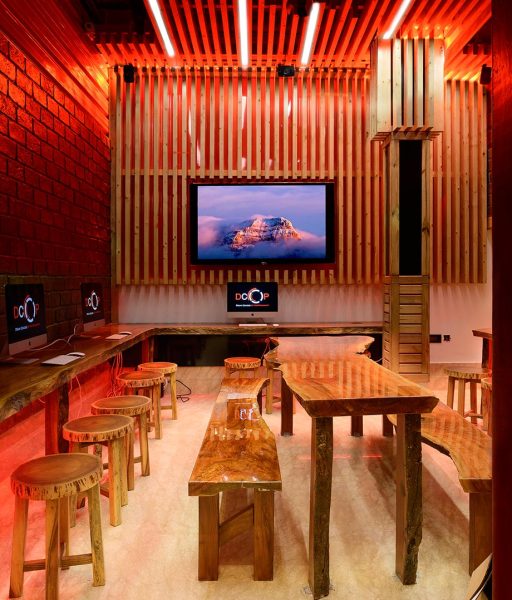
Different kinds of light are required by different architecture according to their structure, size, lines, space in and around, etc
Light can be utilized to show a structure in its best form. It can glorify the structure and bring life to it, help the photographer to show the place’s grandeur both outside and inside.
Using external lights to fill light in unevenly lit areas, add more drama and create visually pleasant photographs.
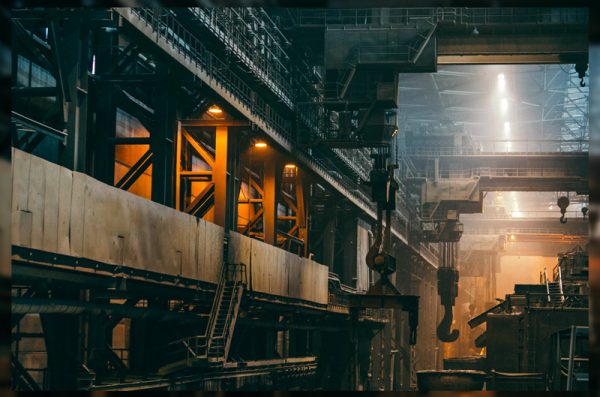
The light will not always be perfect while shooting architecture. For Ex. if you are shooting an industry or historical monuments, chances are there that the lighting may not be in your favor.
You will have to use some special techniques like bracketing or filling of light using external sources or maybe using composites. These techniques require knowledge of the process and techniques used.

Adding an element in the interior photographs could add more drama and bring out the overall feel of the space even better. Sometimes the photographers face difficulty when the space looks empty and there aren’t many props around to play with.
In situations like these, one can try adding elements later in post-processing. You can place them strategically in the pictures to make them visually appealing.

HDR stands for High Dynamic Range. In these kinds of photo shooting, different kinds of exposure is a common practice. This is done to retain information from the shadows and highlights in different situations
In HDR three different exposures are taken for any composition, an overexposed, one properly exposed and one underexposed photo is taken for different information in different places. These photos are later merged to create a photo that looks very sharp and of very high quality.
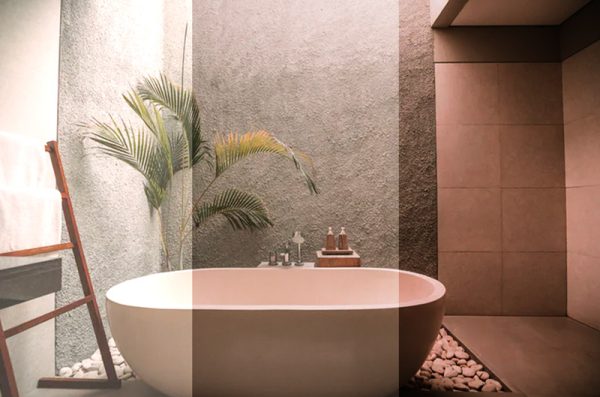
Bracketing is a process in which the photographer takes multiple shots of various exposures(under, over & proper) and uses all of them to get the shadows, highlight and mid-tones in the photographs right.
Shooting is a major half of the final result but processing them right plays an equally important role too. Processing of these shots is done in multiple layers hence understanding the software is necessary.

Bracketing is a process under which the photographer takes multiple shots of various exposures(under, over & proper) and then uses all of them to get the shadows, highlights and midtones right in the photographs.
Shooting is a major half of the final result but processing them right plays an equally important role too. Processing of these shots is done in multiple layers hence, understanding the right software becomes necessary.
 Download Brochure
Download Brochure







